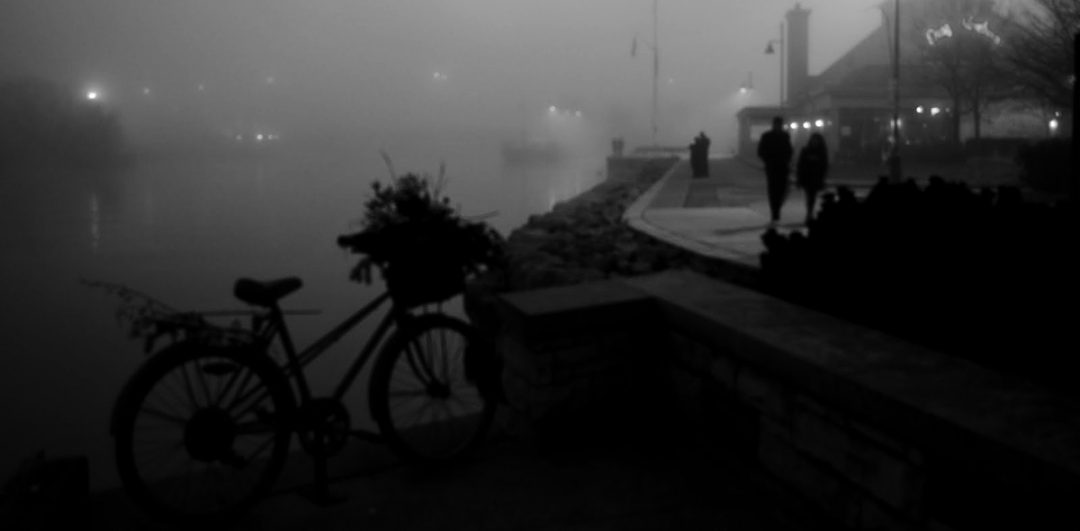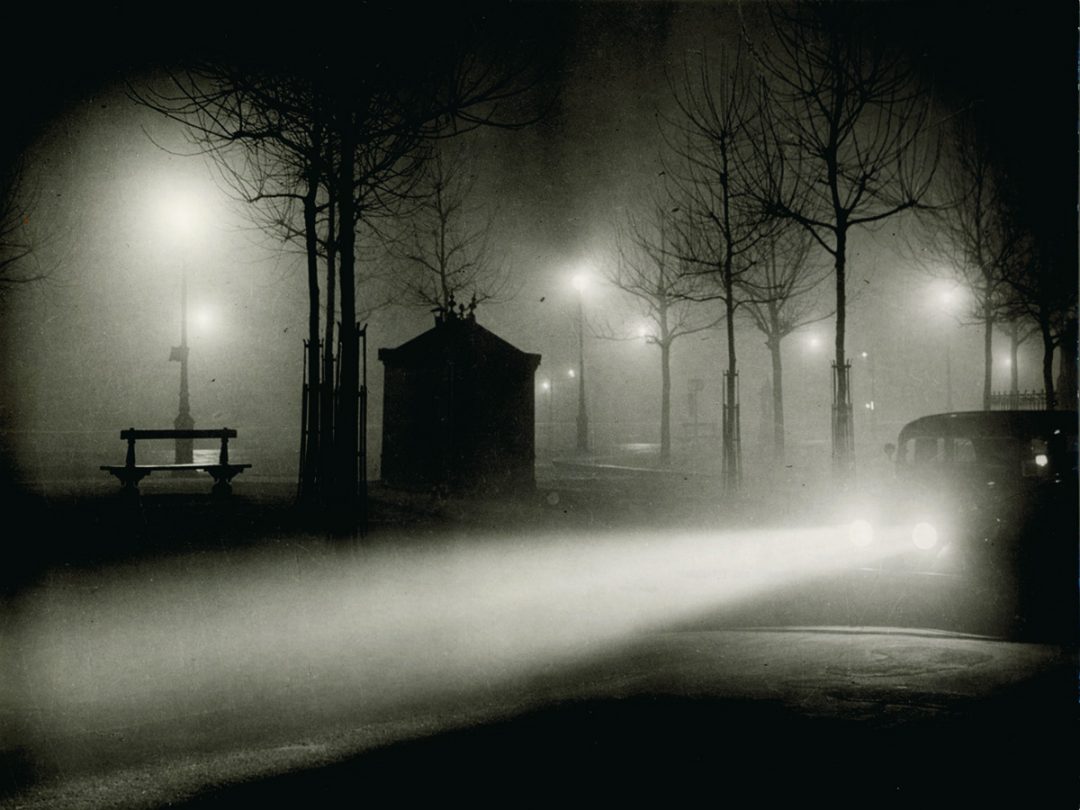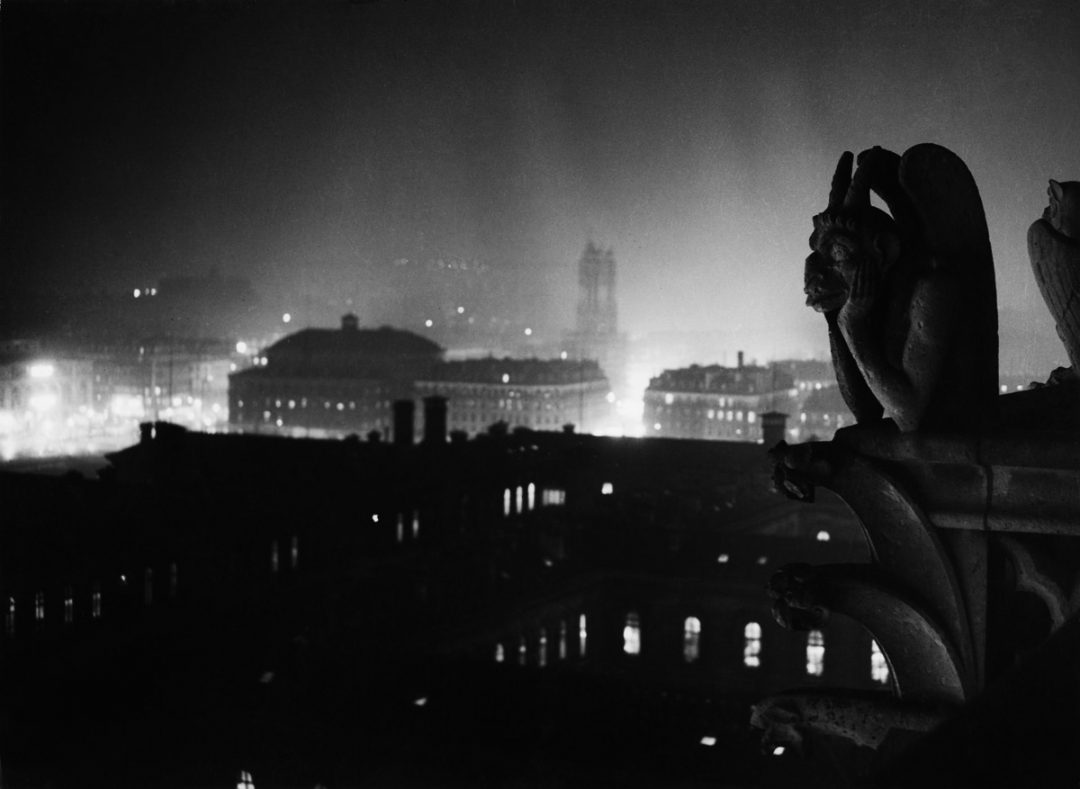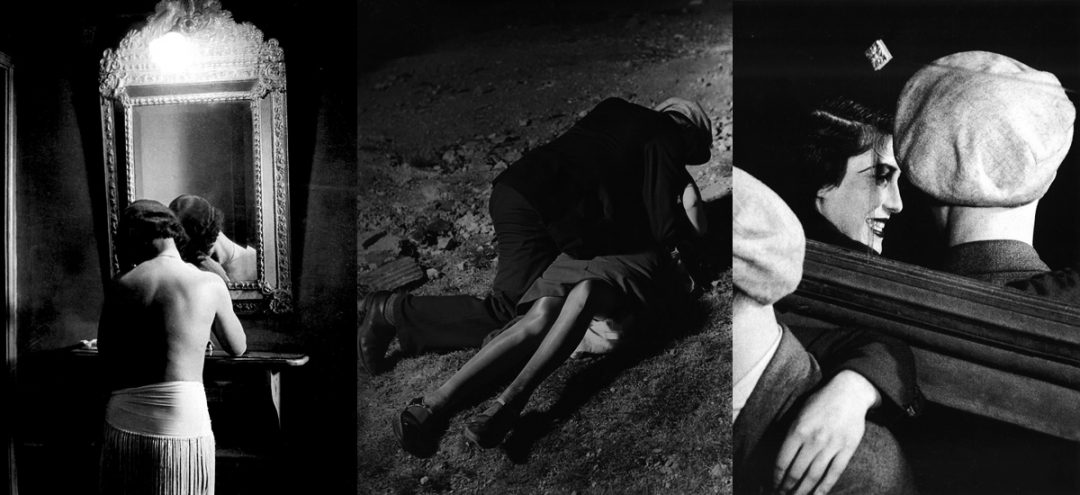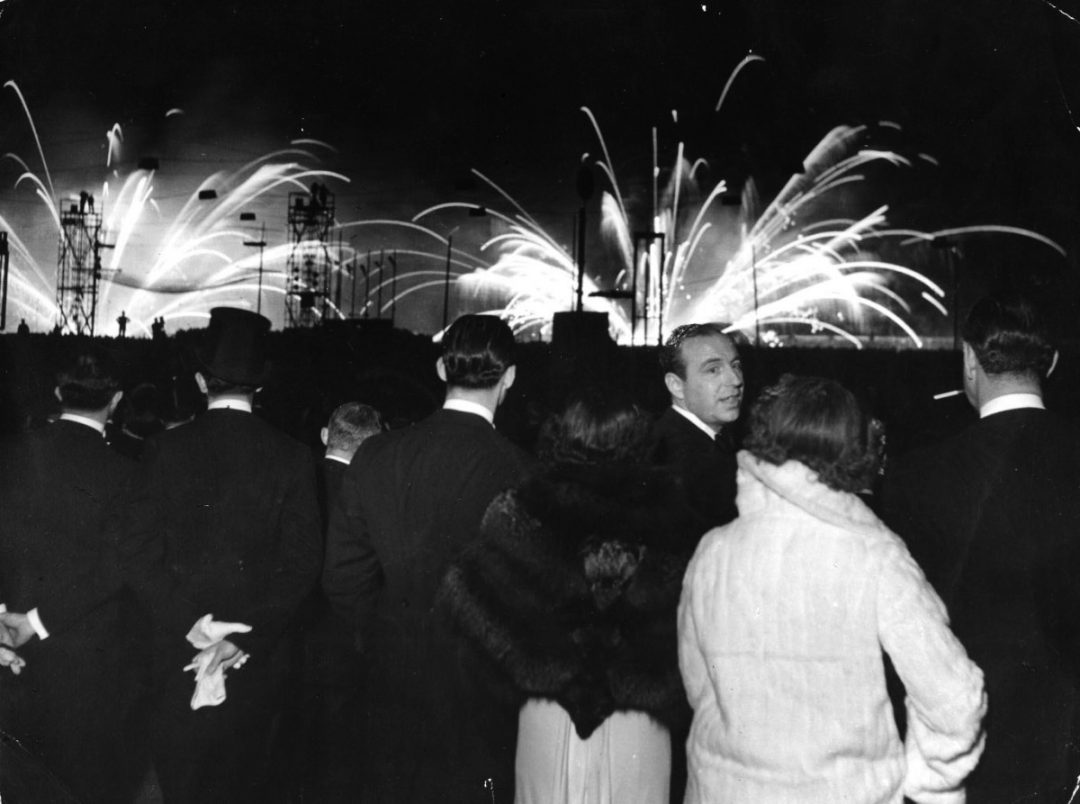The Eye of Paris
Actually, it was the writer Henry Miller who started calling him “The Eye of Paris”. It seemed Brassai and Paris nights were almost a synonym. He was born in 1899 in what is today Hungary. His real name was Halász Gyula, but it didn’t take him long to realize that was not a name that would easily promote his art. The name he chose is just Hungarian for “from Braşov”, a region in Hungary.
Brassai and Paris
He studied painting and sculpture at the Academy of Fine Arts in Hungary, but with Hungary in shambles after WWI, he left for Paris. His interest in photography was inspired by his long night time walks. So he turned to a fellow Hungarian immigrant, André Kertész. Within 2 years he assembled these photographs in a book entitled “Paris by Night”. It combined glowing city landscapes with documentary images of the bars, cafes and nightlife of Paris. For the time, it was a technical mastery of shooting at night. In a time of slow lenses and slower film.
Brassai and Henri Cartier-Bresson dominated the field of photography pre-WWII. Paris at Night had huge public success. But to call them birds of a feather is quite erroneous. They couldn’t be more different. First, as far as equipment goes, Cartier-Bresson was really always a 35mm guy. (Leica) Brassai never used a 35mm camera, and was much more structured than Cartier-Bresson and his “decisive moment”.
The Voigtländer
Brassaï shot with a large, fixed lens, 6.5×9 cm Voigtländer Berghei. And less often with a Rolleiflex. His somewhat fame as a photographer let him fall into a very elite crowd. Especially other artists of the day. Dalí, Henry Miller, Picasso, Matisse, Giacometti and Jean Genet.
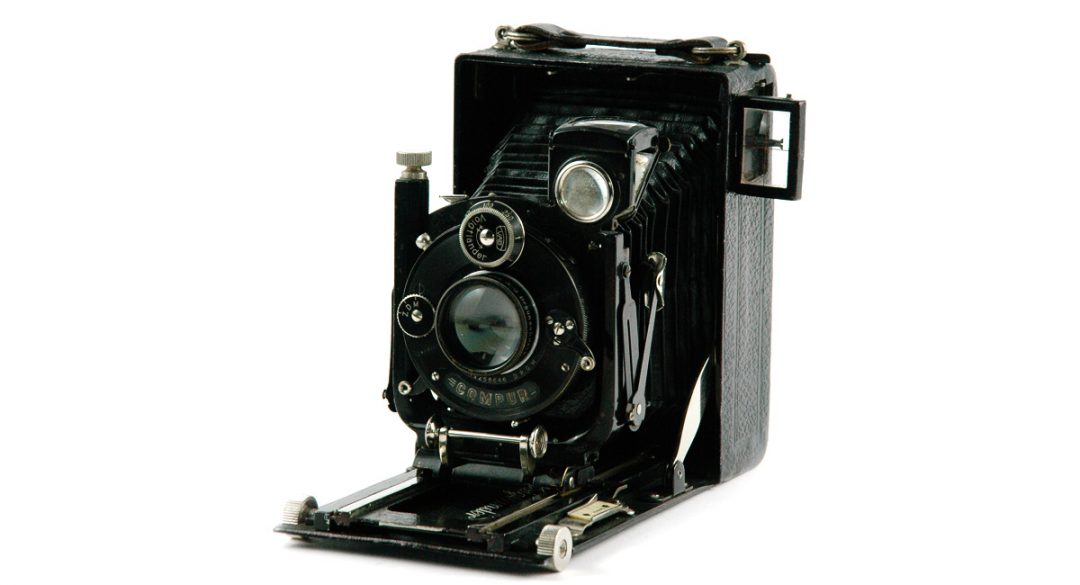
For flash lighting, like doing interior shots, he worked with an assistant and a flash powder gun. Not only was it blindingly bright, it was very loud. So bright that Picasso nicknamed him “the Terrorist.” But it’s what gave his images that special “Brassai” look.
The Paris Underbelly
Brassaï was a man of the common people of Paris. Befriending hoodlums, laborers,pimps and streetwalkers allowed him an inside track on them all, including the nude girls at the Folies Begere.
He processed his own film and made his own prints. Cartier-Bresson did neither. Another thing that made them strikingly different in their approaches to photography. But they were equally revered at the time.
Man Without a Country
Unfortunately, his travel was limited because part of Hungary was annexed by Romania, making him a man without a country. When he married in 1948, he was able to travel again within the year as a French citizen. Now he was able to take commercial assignments for Harper’s Bazaar and other international magazines. He gave up commercial photography in the 60’s, but continued to have many exhibits both in France, and internationally. Brassai produced many books, and the George Pompidou Center, (like Americas’ Smithsonian), houses more than 35,000 of his exposures.
He died a sculptor in the south of France in 1984. Brassai and Paris,…still the “Eye of Paris”. Find Voigtländer Cameras

